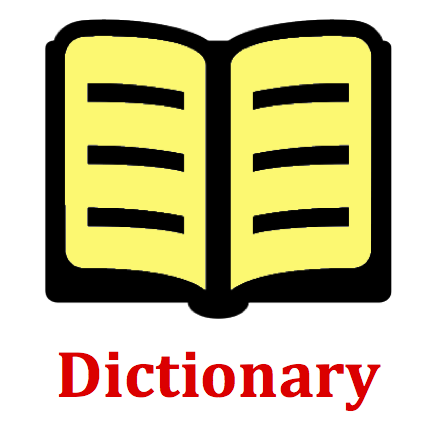Hold down the T key for 3 seconds to activate the audio accessibility mode, at which point you can click the K key to pause and resume audio. Useful for the Check Your Understanding and See Answers.
Mission WE9 Work and Energy Conversions - Question Group 5 Help

Consider the three situations described below. In which situation(s) would the mechanical energy NOT be conserved? List all that apply ... .

For each situation that is being described, ask: "What forces are doing work upon the object?" The various forces to be considered are the two conservative forces (gravity and spring force) and the many non-conservative forces (applied, friction, air resistance, tension, normal, etc.). If there is any work being done by a non-conservative force, then you can be sure that the mechanical energy is not conserved for that situation. See Know the Law section.

If non-conservative forces do net work upon an object, then the total mechanical energy of that object is changed. The sum of the kinetic and potential energies will change as work is done upon the object.

All the different types of forces that could do work upon an object can be categorized as either conservative or non-conservative forces. A conservative force is a type of force that serves to transform an object's energy between kinetic and potential. When only conservative forces do work upon an object, the energy of the object changes forms (KE to PE or vice versa) without changing the total amount of mechanical energy. Mechanical energy is said to be conserved.
Definition of Non-conservative Force:
All the different types of forces that could do work upon an object can be categorized as either conservative or non-conservative forces. A non-conservative force is a type of force that changes the total amount of mechanical energy possessed by an object. When non-conservative forces do work upon an object, the total amount of mechanical energy changes. Mechanical energy is not conserved.

- How can a description of a physical situation allow one to predict if the total mechanical energy of an object is NOT conserved?
- Under what condition will the total mechanical energy of an object NOT be conserved?
- What types of forces are internal (i.e., conservative) and what types are external (i.e., non-conservative)?